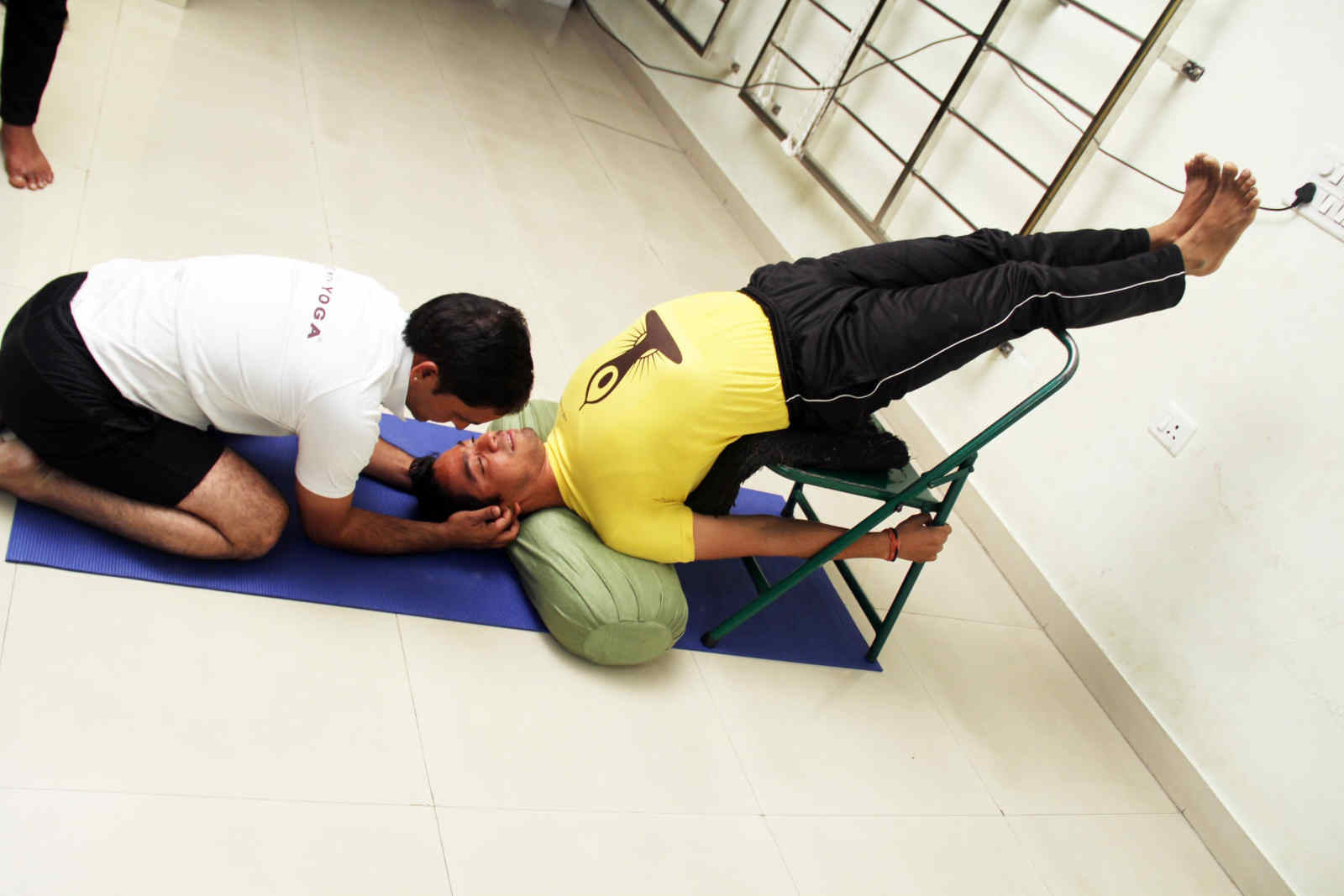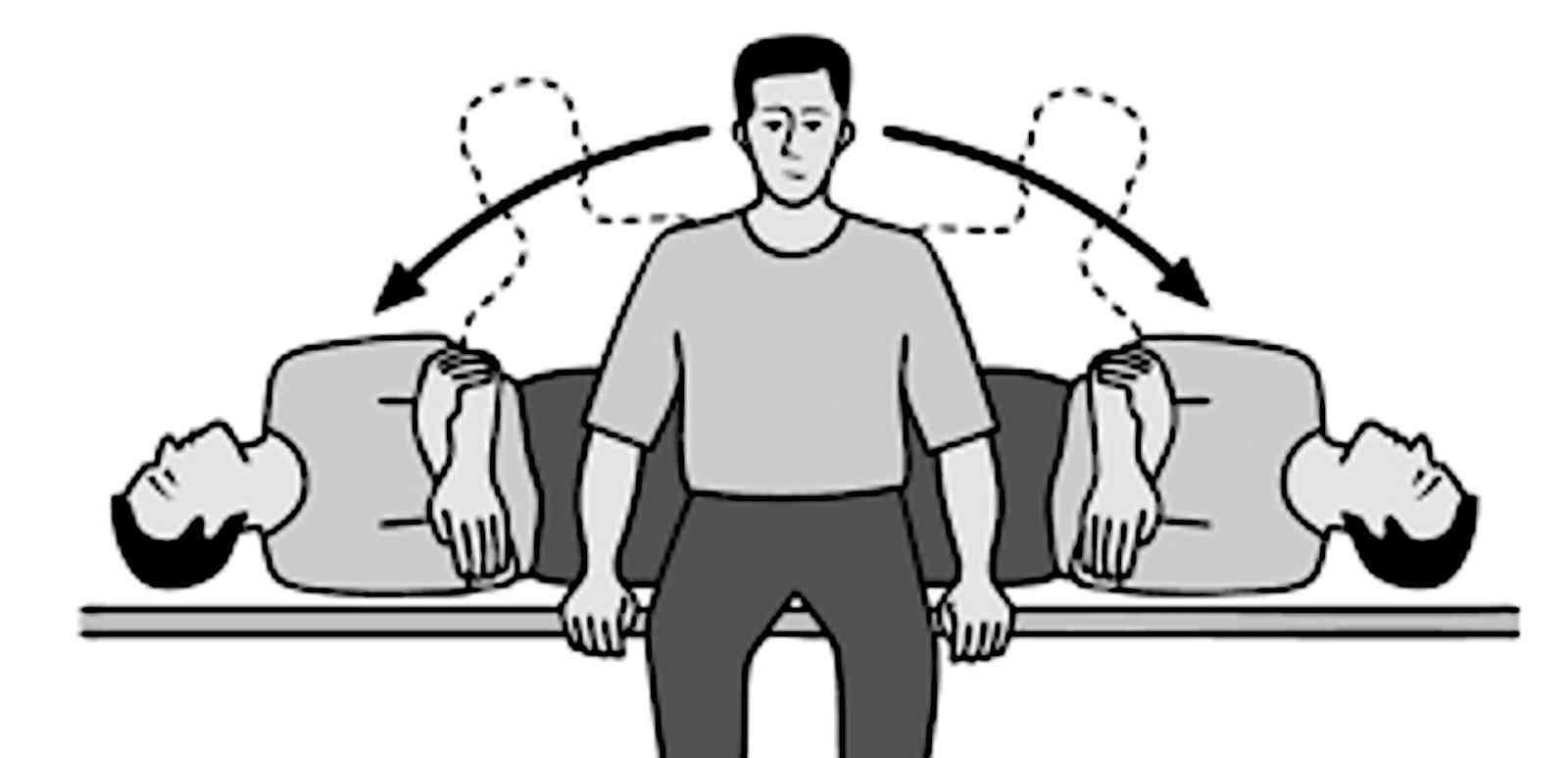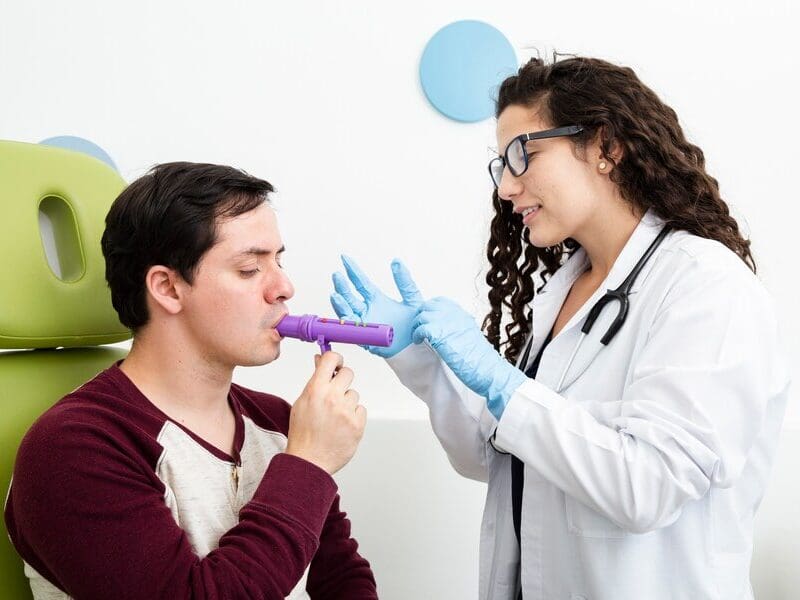
Dizzy And Vertigo: Best Institute For Vertigo Treatment
What is vertigo?
Vertigo is a condition in which the patient feels a sensation of movement or feels like their surroundings are moving while they are still. The patient might also feel nausea, sweating, or difficulties in walking. Getting proper vertigo treatment is necessary if it becomes severe.
The most common causes of vertigo are benign paroxysmal positional vertigo, Meniere’s disease, and labyrinthitis. Other causes include brain tumors, brain injuries, stroke, migraines, and uneven pressures between the middle ears.
Vertigo affects around 5% of people in a year. It becomes more common in people as their age increases. It is found that vertigo affects women more than it affects men.

Types of vertigo
Based on the causes, vertigo is classified into two categories. If the patient experiences any of the two conditions, vertigo treatment is necessary.
1. Peripheral vertigo: This type of vertigo is caused by problems in the inner ear or vestibular system. The most common cause of this type of vertigo is benign paroxysmal positional vertigo or BPPV.
People with peripheral vertigo experience mild to moderate nausea, imbalance, tinnitus, fullness, and pain in their ears. Acute vertigo caused by peripheral lesions tends to improve quickly. The time of improvement is from a few days to a few weeks.
2. Central vertigo: This type of vertigo is caused by injury in the balance centers of the central nervous system. This type of vertigo is accompanied by a slight illusion of movement and nausea, neurologic deficits like double vision and slurred speech, and pathologic nystagmus.
Other things that can cause vertigo are infarctions, tumors in the cerebellopontine angle, epilepsy, disorders of the cervical spine like cervical spondylosis, Chiari malformation, parkinsonism, and cerebral dysfunction.
This type of vertigo can take a longer time to improve than peripheral vertigo. There are also chances that it might not improve at all.

Causes of vertigo
1. Labyrinthitis: This condition results in severe vertigo. Labyrinthitis is believed to be caused by an infection in the inner ear. People who are affected by this condition might even face balance problems.
2. Motion sickness: Motion sickness is a common condition. This is related to vestibular migraine. People with motion sickness experience nausea and vomiting in response to a motion.
This condition becomes worse if the person has to travel on a winding road or if the journey involves a lot of stops and starts. It might also happen if a person tries to read in a moving car.
3. Decompression sickness: Vertigo is a symptom of decompression sickness. A patient experiences decompression sickness because of a constant pressure that occurs when switching between gas mixtures that contain different inert gases.
This condition is generally experienced by divers. Since divers have to use gas mixtures under the water; their ear seems to get affected by decompression sickness.
If the patient feels or experiences any of the above conditions, a proper vertigo treatment should be given to the patient.

Ways to cure vertigo
If the vertigo is not severe, it can be cured at home in some ways. But if the patient is experiencing severe vertigo, a vertigo treatment is recommended.
1. Epley maneuver: This is a type of exercise that can relieve vertigo and dizziness. It is easy to do and patients can do it on their own as well. This exercise is very effective for people who suffer from BPPV.
To do this exercise, the patient is required to sit upright on a flat surface. Their legs should be outstretched and there should be a pillow behind them for support.
Then, the patient needs to turn their head at 45 degrees to the right. With the head still in the same position, the patient needs to recline on the pillow and stay in that position for 30 seconds.
After that, the patient needs to turn their head 90 degrees to the left without lifting their neck. This has to be done in such a way that the patient’s body is completely turned to the left side.
After staying in that position for 30 seconds, the patient can slowly regain their original position of sitting straight up.
2. Semont-Toupet maneuver: Just like the Epley maneuver, you can easily do this exercise at home. This is very similar to the Epley maneuver but requires less flexibility of the neck.
To do this exercise, the patient has to sit upright on a flat surface. Their legs should be outstretched and a pillow should be there behind them.
Then, the patient has to lie down, turning to their right side. While doing this, the patient has to look upwards on their left side.
Then the patient has to quickly sit up again and turn to their left side. While doing this, the patient has to look toward the ground.
Then, the patient can slowly return to their original position and relax.

3. Brandt-Daroff exercise: This is a very easy exercise. Doctors often recommend vertigo patients do this exercise at home since it can be done without any supervision. This exercise might result in increased dizziness for some time. Hence, the patient should not drive or walk for some time after doing this exercise.
The patient has to sit on a flat surface with their legs dangling like they are sitting on a chair.
Then, the patient has to turn their head to the left side as far as they can.
After this, the patient has to lay their head and torso on the right side while still looking to the left side. Their legs should not move. The patient has to stay like this for 30 seconds.
After that, the patient can regain their original position and relax for a while.
Then, the patient has to again repeat the same process while looking at the right side and laying their head and torso on the left side.
The patient can do this exercise 5 times on each side. For better results, it is recommended that the patient should do this exercise at least three times a day, twice a week.
Dizzy and Vertigo is an institute in Los Angeles that gives the best vertigo treatment to their patients. The doctors of this institute are very friendly and kind. Dizzy and Vertigo is the best institute for such treatments.







